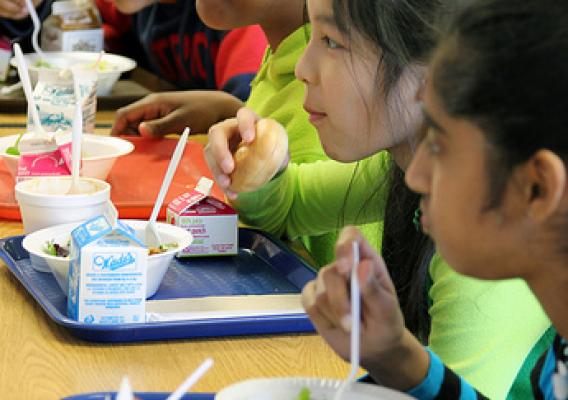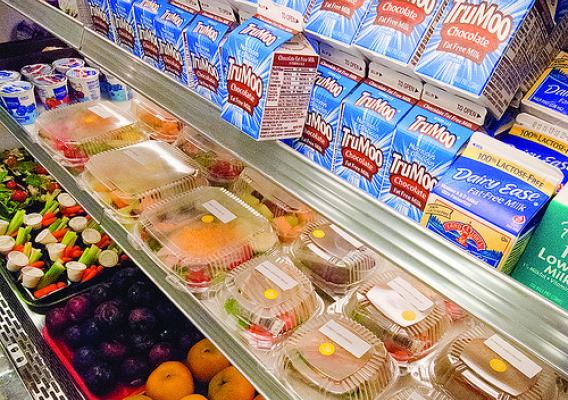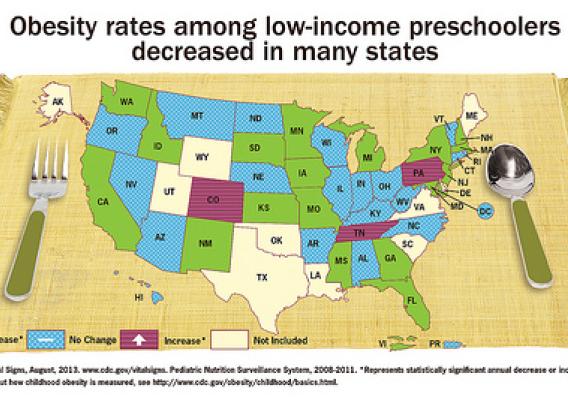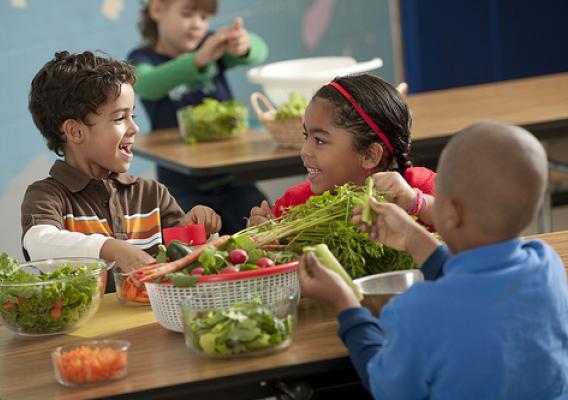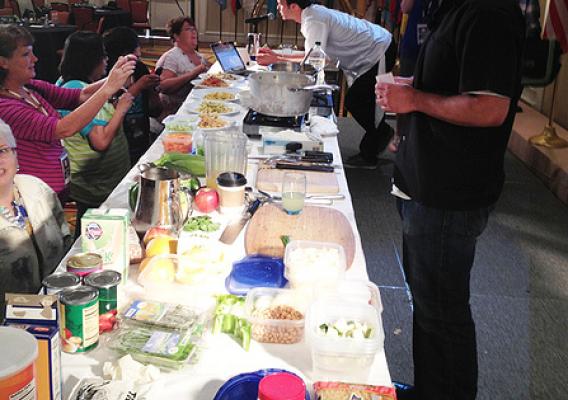This post is part of the Science Tuesday feature series on the USDA blog. Check back each week as we showcase stories and news from USDA’s rich science and research portfolio.
Beginning with the 2014-15 school year, “competitive foods” in schools will be subject to new nutritional standards. Competitive foods include à la carte cafeteria items like pizza, French fries, and ice cream, as well as snacks and beverages sold in vending machines or at snack bars, school stores, or other locations.
Referred to as “competitive foods” because they compete with meals served through the National School Lunch Program, these foods and beverages are currently inconsistently regulated and frequently high-calorie, low-nutrient options. Competitive foods are more common at secondary than at elementary schools. A 2005 survey revealed that 32 percent of elementary schools and more than 60 percent of secondary schools offered non-milk a la carte items. Vending machines were found in 27 percent of elementary, 87 percent of middle, and 98 percent of high schools.



